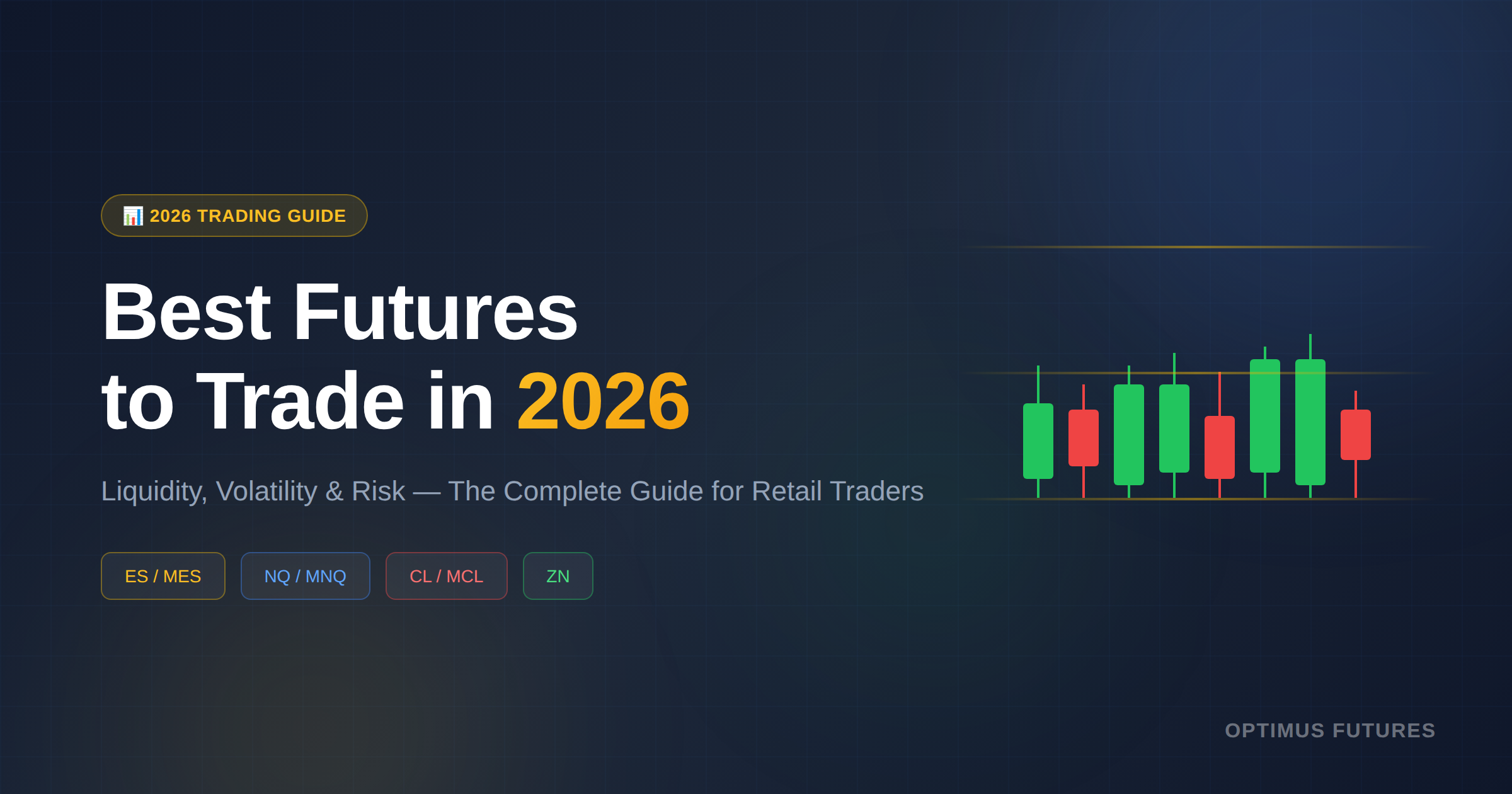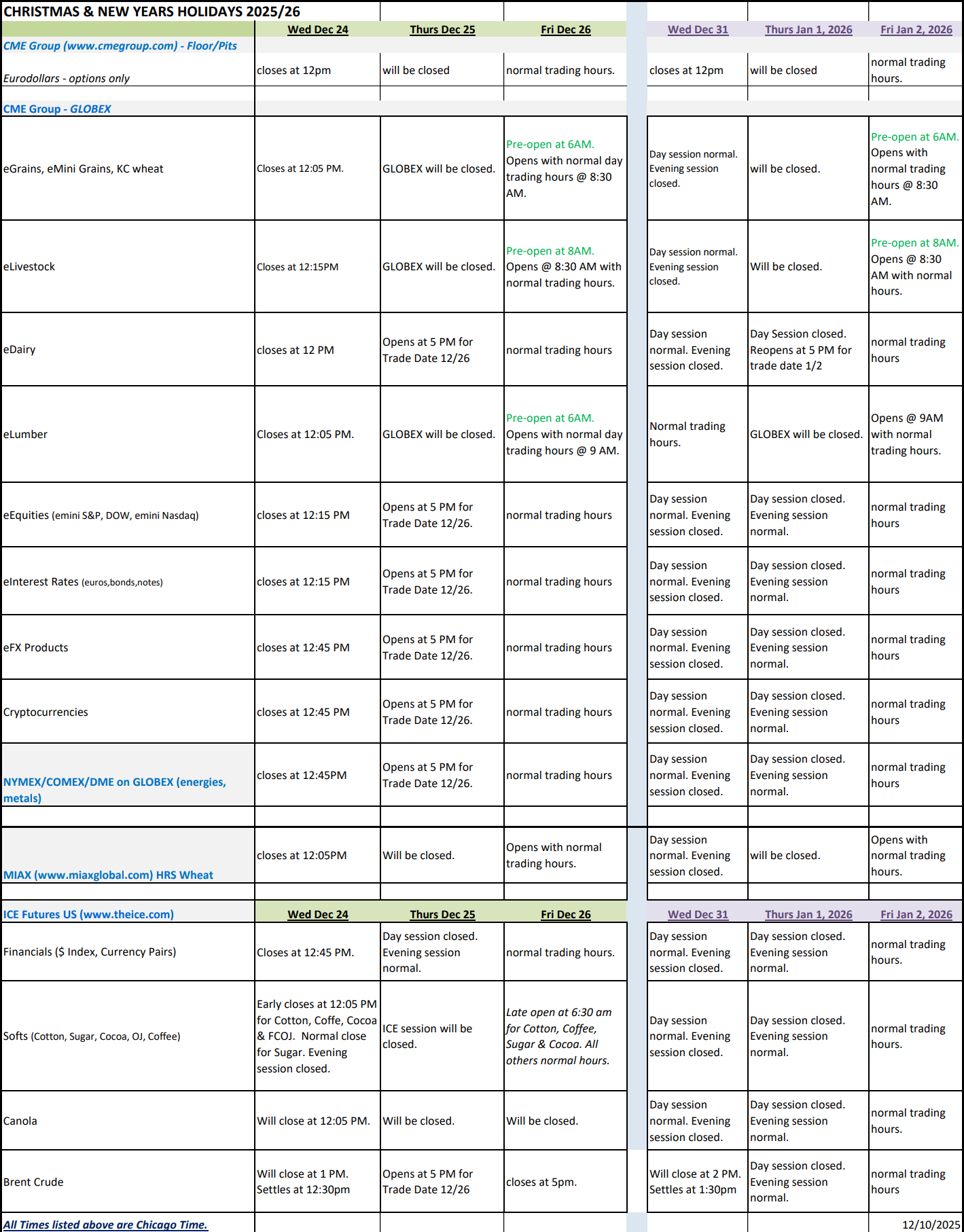This article on Micro E-Mini Futures is the opinion of Optimus Futures.
When you want to build something, you need the right tools. But if you want to build something of quality, it’s how you use those tools that counts. In other words, tools matching their appropriate contexts is a no-brainer, but maximizing tools to draw out their real potential is what makes any use-case a bit more exceptional.
In this post, we’re going to talk about the newly launched Micro E-mini Stock Index Futures by the CME group. You may not think of these micro contracts as “tools” per se, but they can be–and quite useful ones at that–if you view them from the right perspective.
First, let’s go over the basics of these contracts in case you’re not up to speed with the goings-on in this increasingly popular micro market.
What are Micro E-mini Stock Index Futures?
The micro e-mini futures are a smaller version of the standard E-mini index derivatives for the following U.S. stock indices: S&P 500, Dow Jones Industrial Average, Nasdaq 100, and Russell 2000.
The futures contract for each market gives the trader leveraged exposure to the underlying “cash” stock index to which the futures are correlated. In short, these derivatives are like trading a miniaturized version an entire index in one contract.
These are “cash-settled” instruments. So, if you allow your contract to expire, say, for a purchased (or “long”) position, what you receive for delivery are not shares of stock but its cash equivalence based on its market value at the time of expiration.
Contract Specifications
As with all futures contracts, each of the four micro E-mini contracts have their own unique identification symbols:
- Micro E-mini S&P 500 – listed as MES
- Micro E-mini Dow Jones – listed as MYM
- Micro E-mini Nasdaq 100 – listed as MNQ
- Micro E-mini Russell 2000 – M2K
So, how small are these contracts and how much do they move dollar-wise per tick?
Well, the value of each MES contract is $5 times the S&P 500 index; MYM, $0.50 times the DJIA index; MNQ, $2 times the Nasdaq 100; and M2K, $5 times the Russell 2000.
When it comes to the dollar value per tick (minimum price fluctuations), at these levels, the MES moves $1.25 per tick (per contract); and the MYM, MNQ, and M2K all move $0.50 per tick (per contract).
Compared with the standard e-minis, which move, respectively, $12.50 and $5.00 per tick, the micros are relatively small, at a tenth of the value. And this is where these unique contracts may give you an advantage over their larger counterpart.
The Benefits of Micro E-Mini Futures Trading
Potential Testing Advantages
Have you ever been in a position where you wanted to test a new method or system but hesitated because you didn’t want to risk losing money if it failed? Instead, you probably tested your method in a paper trading environment. And that might have been a mistake.
Chances are that you probably fine-tuned your method or system (perhaps for months) in a simulated environment only to find out that it doesn’t work in a live trading environment. If you’ve traded long enough, then it is likely you have experienced this frustrating loop.
What you probably needed was a testing ground situated between a too-big-a-risk environment and a no-risk simulation.
And that’s exactly what a micro E-mini futures contract provides–an in-between space where you can test a method in a live market but with a risk that is only a tenth of the size of a standard contract, potentially small enough to be manageable.
Potential Scaling Advantages
Have you ever wanted to trade those larger price movements but couldn’t afford the deep stop losses that such scenarios sometimes require? Or have you ever wanted to scale your positions, making them larger or smaller to add or reduce risk?
With a tenth of the exposure, micro contracts might allow you to trade larger price swings. And if you view each contract as a smaller “chunk” of a larger position, you might also be able to better manage your positions by adding or reducing the number of contracts you hold.
Potential Margin Advantages
Perhaps you’re tired of having to take ultra short-term trades, closing your positions before the end of the market day simply because the full “overnight” margins are prohibitively high. Perhaps you want to place swing trades or position trades requiring you to hold your futures contracts for several days to weeks.
Micro E-mini margins feature much lower margins that might finally allow you to do just that.
- Micro E-mini S&P 500 contracts can have day trading margins as low as $200 and full margins as low as $630 per contract.
- Micro E-mini DJIA contracts can have day trading margins as low as $200 and full margins as low as $649 per contract.
- Micro E-mini Nasdaq 100 contracts can have day trading margins as low as $200 and full margins as low as $836 per contract.
- Micro E-mini Russell 2000 contracts can have day trading margins as low as $200 and full margins as low as $339 per contract.
These margins are half the day trading margins and roughly a tenth of the full “initial” margins of the standard e-mini contracts. This means that you may be able to hold a larger number of contracts–to build up or scale down larger positions–or to swing or position trade at relatively lower margin rates.
Potential Benefits of Trading a Real vs “Bucketed” Market
Every heard of the term “bucket shop”? If not, it’s a kind of investment scheme, illegal in the U.S. for most asset classes (most, not all) but legal in other countries and with varying degrees of regulation.
Here’s how it goes: you want to trade the standard E-mini S&P 500 futures, but either you don’t have enough money to cover the margin, or the risk of such a big contract is too big for your account. You want to trade a smaller size lot, similar to the new micro contracts.
So, you purchase these “lots” over the counter (OTC) in the form of CFDs, or “Contracts for Difference.” Here is a simple description of how the process works:
- You purchase a tenth of a contract of the the E-mini S&P 500.
- The LP (or liquidity provider) “sells” you a tenth of the contract–he actually sells you nothing but a “promissory note” for the difference between the buying and selling price.
- If you take a loss and close your position, the LP takes money from your account.
- If your position is profitable and you close it, then the LP owes you money, so hopefully the LP “hedged” the position through owning futures contracts that can offset the LP’s loss.
As you can see, you virtually own nothing but a promissory contract. The LP is the party who may or may not own a futures contract as a hedge. The LP “bucketed” your position, with a promise to pay you if your position makes money or to debit your account if you lose money.
There are two problems with this scenario: First, if the LP is the third-party offering you these “contracts” for difference, how do you know that the price being offered is not being manipulated to the LP’s unfair advantage? You aren’t buying CFDs from a “market,” you are buying it from a third-party over the counter. The LP exercises control over the entire transactional process.
Second, suppose you and other traders with the same (or a similar) position make a massive windfall profit. If the LP didn’t hedge their positions, they run the risk of insolvency. And if regulatory governance doesn’t require the LP to pay back 100% of your account equity during their bankruptcy proceeding, then you’re out of luck. You can lose a lot more than your profits–you might lose your entire account.
Fortunately, micro e-mini futures are traded through a regulated exchange. So not only are prices market-driven and transparent, preventing the risk of price manipulation, the clearing firms and exchanges are also required to hold emergency funds to help prevent counterparty risk should a buyer or seller default on a payment.
The Potential Benefits of Micro E-Mini Equity Index Futures in a Nutshell
- Smaller contract exposure allows you to test your trades in a live market without having to risk the full “standard” E-mini amount.
- Smaller contract exposure also allows you to trade a live market in place of a simulated paper trading environment that may be further from reality than you think.
- Smaller contract exposures have a lower dollar-per-tick value, which means you might be able to trade larger price movements simply because the risk of deeper stop losses may be reduced by a tenth of the size.
- Smaller margins allow you to hold positions beyond market close at a more affordable rate–meaning you can now swing trade or position trade, holding positions “overnight” at a much more affordable rate of margin.
- And finally, smaller contract sizes can allow you to trade a contract in a regulated exchange where price is market-driven and transparent, and where counterparty risk may be tremendously reduced. In short, you can avoid trading with an over-the-counter “bucket shop,” such as the case with CFDs.
These are just a few advantages that micro E-mini equity index futures can provide–advantages that may not be present in the larger standard contracts.
If you need to test a method in a reduced-risk environment, if you would like to trade larger or longer-term price swings, or if your method requires an involved scaling strategy, then you might want to consider trading micro E-mini futures.
Remember, micro E-mini futures are unique contracts that can also be utilized as unique tools to help achieve your overall trading goals. And as we said at the top of this article, the tools are secondary to how you use them. So if you are going to use them, be smart about it and use them well.
There is a substantial risk of loss in futures trading. Past performance is not indicative of future results.
CME Micro contracts generally have a value and margin requirement that is one-tenth (10%) of the corresponding regular contract. The cost of trading Micro contracts is higher than regular contracts when measured as a percentage. Commission rates are not always one-tenth of the rate for regular contracts. Exchange and NFA fees are not proportionately reduced. Frequent trading of Micro contracts further compounds the cost disparity. Futures transactions are leveraged, and a relatively small market movement will have a proportionately larger impact on deposited funds. This may result in frequent and substantial margin calls or account deficits that the owner is required to cover by depositing additional funds. If you fail to meet any margin requirement, your position may be liquidated, and you will be responsible for any resulting loss.




